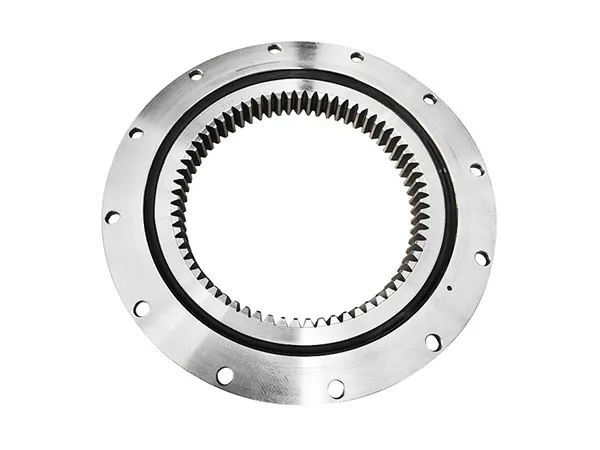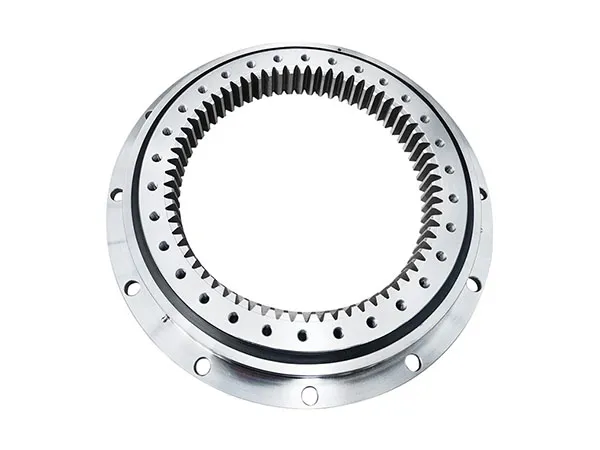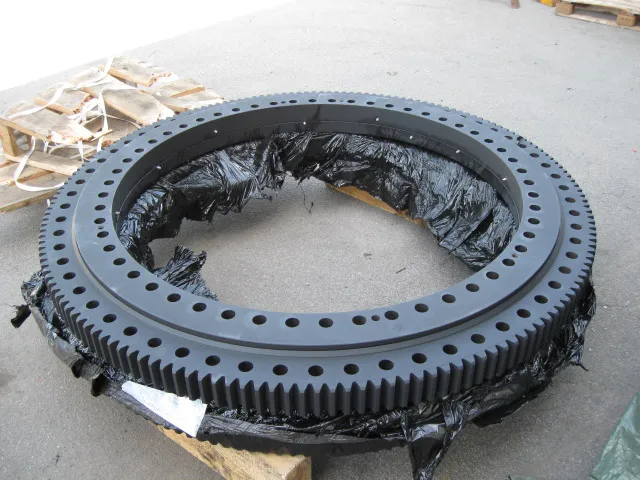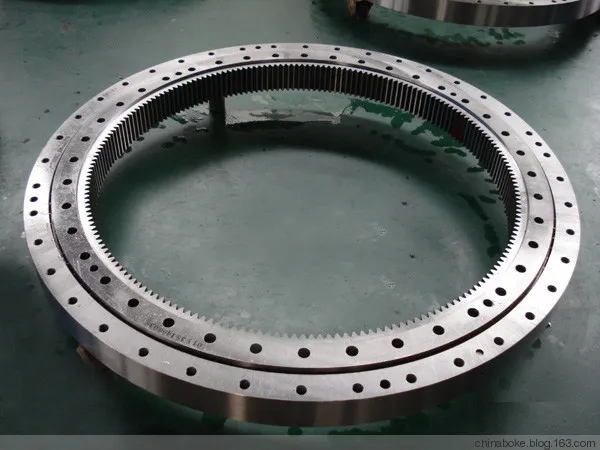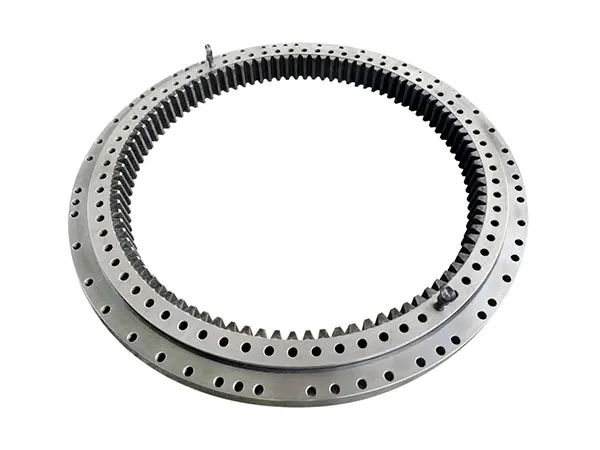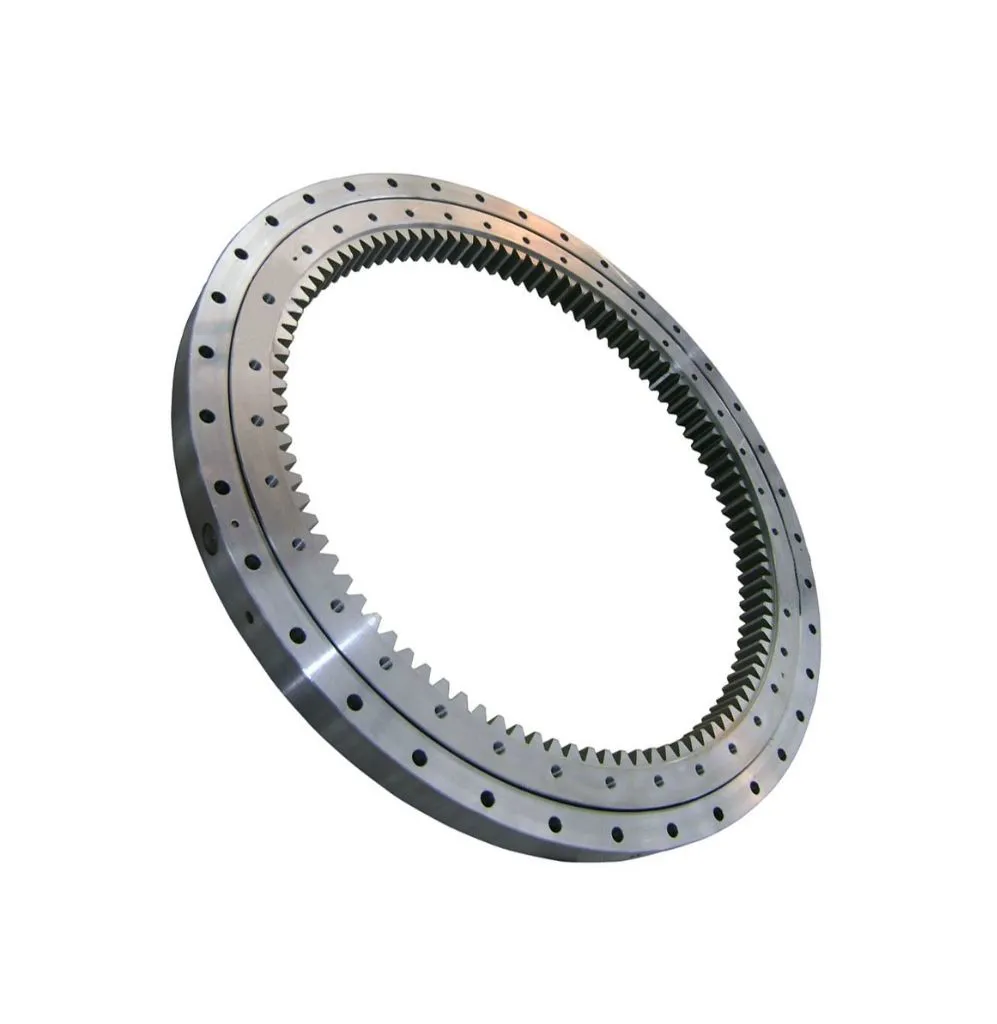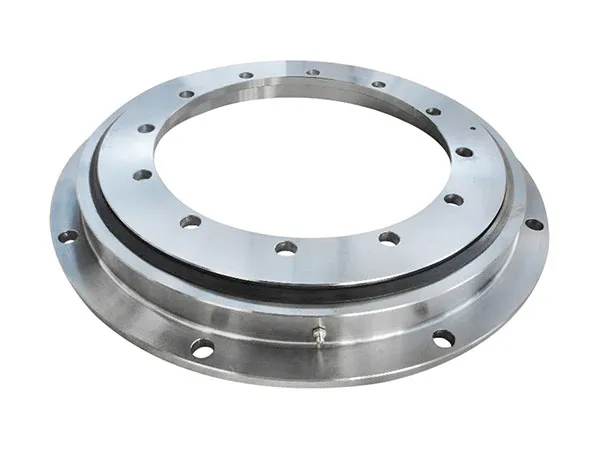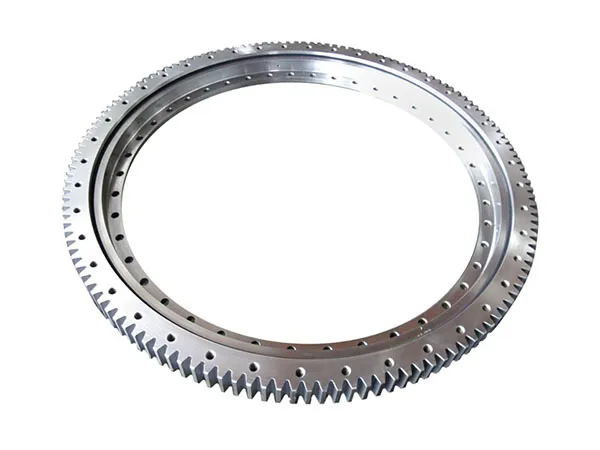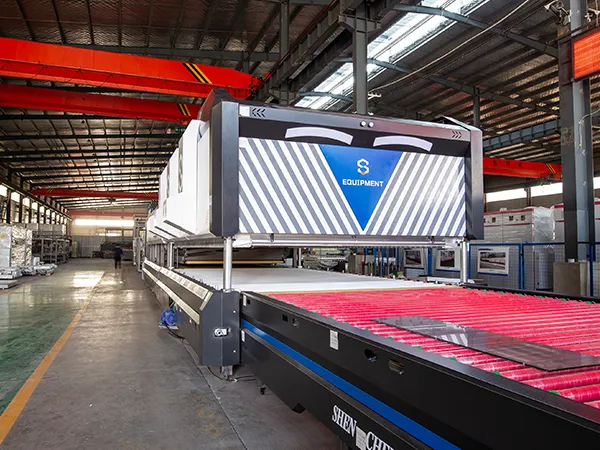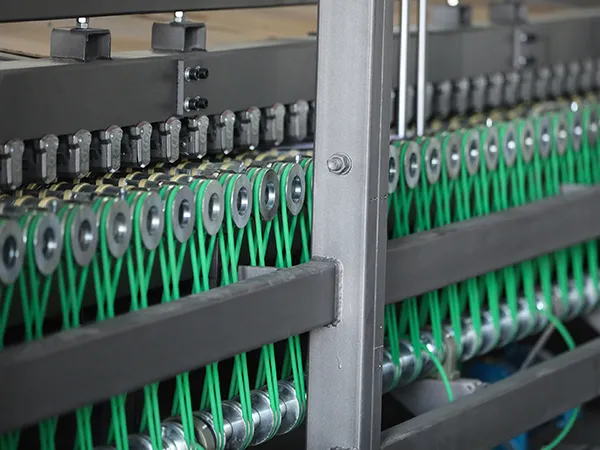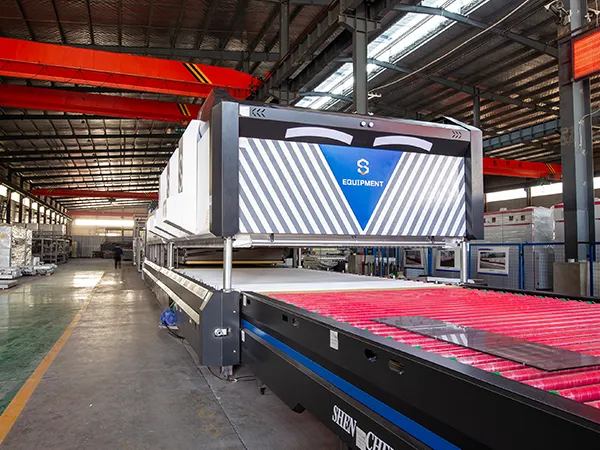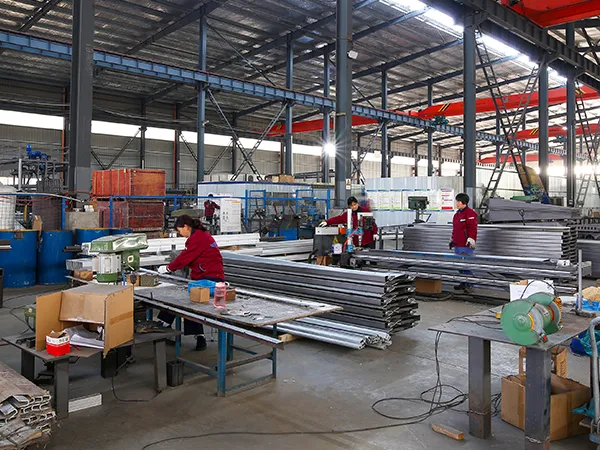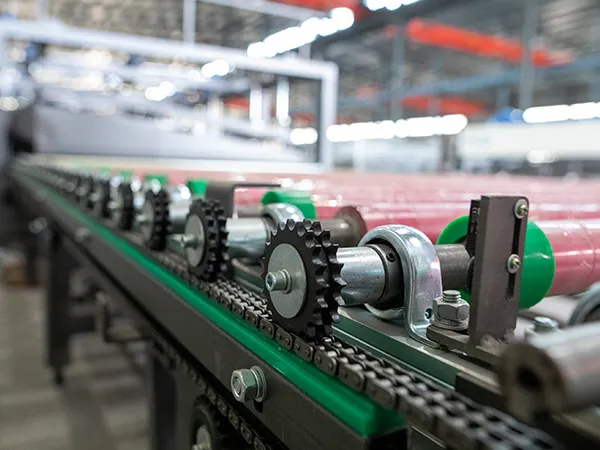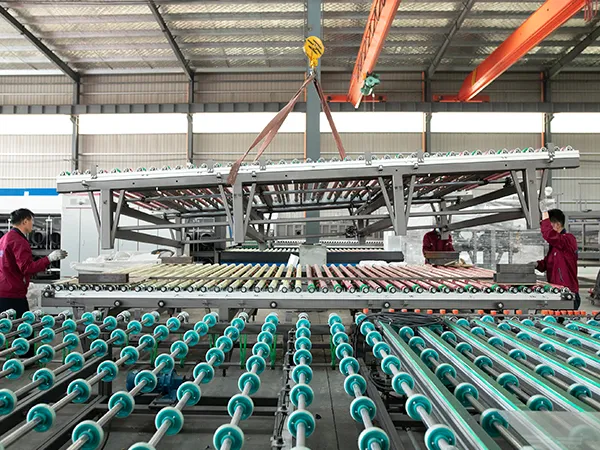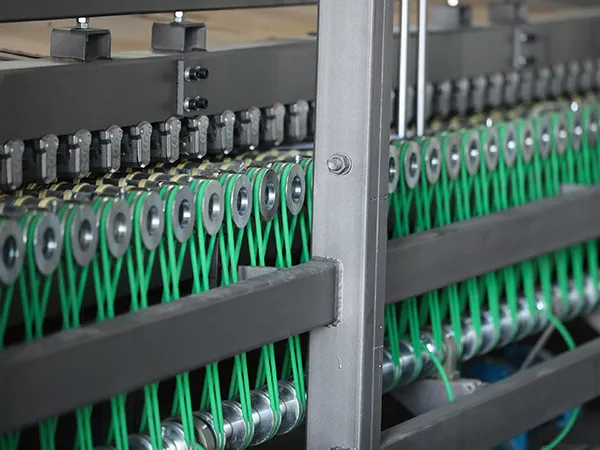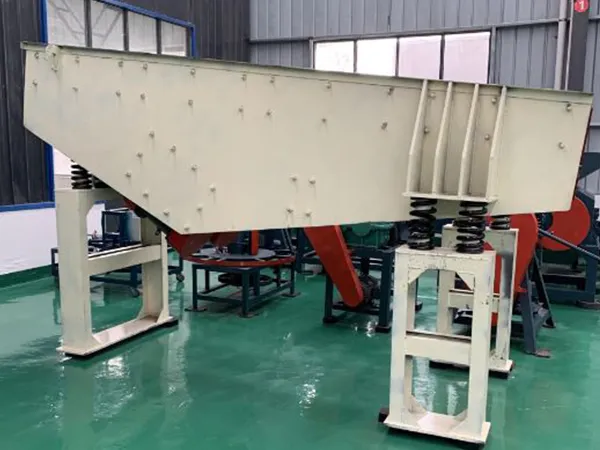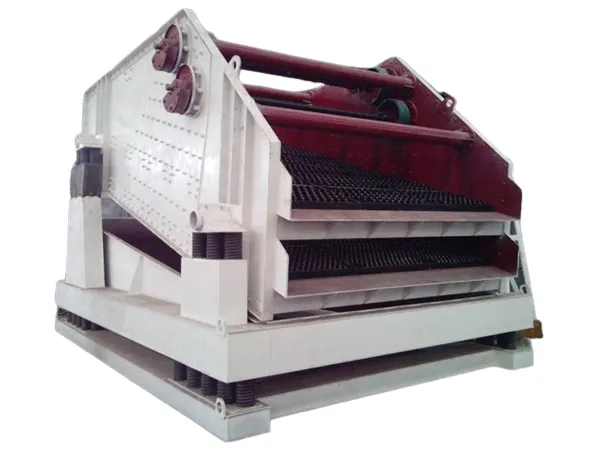Steel structure construction is a widely adopted method in modern architecture and engineering due to its strength, durability, and efficiency. From high-rise buildings and industrial warehouses to bridges and stadiums, steel provides a versatile solution for a wide range of construction needs.
The steel structure construction process involves a series of systematic steps that ensure the structural integrity and safety of the final build. These steps typically include planning and design, material procurement, fabrication, transportation, site preparation, and on-site erection. Each phase plays a crucial role in transforming raw steel components into a fully functional, load-bearing framework.
Steel structure construction process
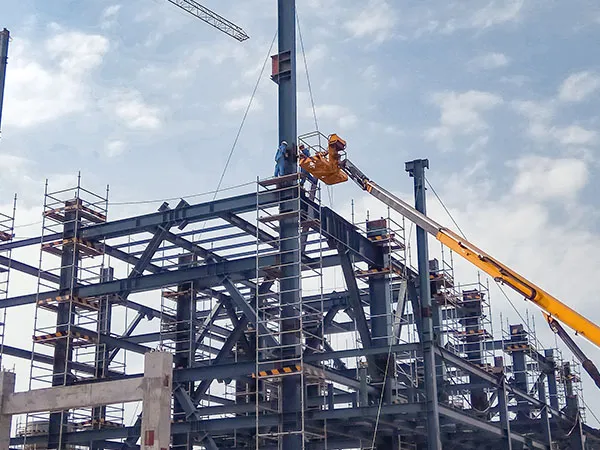
Phase 1: Planning and Design
Conceptual Design & Feasibility: The client, architect, and engineers define the project requirements, budget, and overall building concept. Initial studies determine if a steel structure is the most suitable option.
Structural Engineering & Analysis: Structural engineers perform detailed calculations to determine loads (dead load, live load, wind, seismic, etc.) and design the steel frame. This includes selecting appropriate steel grades, member sizes (beams, columns), connection types (bolted, welded), and bracing systems for stability.
Detailed Drawings & Specifications: Architects and engineers produce detailed construction drawings (plans, elevations, sections, connection details) and technical specifications. These documents outline exactly how the structure should be built, the materials to use, and the quality standards required.
Shop Drawings: The steel fabricator (selected later) will create highly detailed shop drawings based on the engineering drawings. These drawings specify exact dimensions, cuts, hole locations, weld types, bolt types, surface finishes, and assembly marks for each individual steel member. These must be reviewed and approved by the structural engineer before fabrication begins.
Erection Plan: Often developed collaboratively between the engineer, fabricator, and erector, this plan outlines the sequence of lifting and assembling the steel members on site, crane locations, safety procedures, and temporary bracing requirements.
Phase 2: Fabrication (Off-Site)
This happens in a controlled factory environment (the fabrication shop):
Material Procurement: The fabricator orders the required raw steel shapes (I-beams, W-sections, channels, angles, plates, hollow sections) from steel mills based on the approved shop drawings and material specifications.
Cutting & Shaping: Steel members are cut to precise lengths using saws, shears, or thermal cutting (plasma, oxy-fuel).
Drilling/Punching: Holes for bolts are accurately drilled or punched according to the shop drawings.
Fitting & Welding: Components (e.g., base plates, connection plates, stiffeners) are fitted together and welded as specified in the shop drawings. Skilled, certified welders perform this work.
Surface Treatment: Steel members are cleaned (usually by shot blasting) to remove mill scale and rust. Then, a primer paint or other specified coating (like galvanizing) is applied for corrosion protection.
Quality Control (QC): Throughout fabrication, QC checks are performed (dimensional checks, weld inspection using visual or non-destructive testing methods like UT/MT/PT, coating thickness checks).
Marking & Labeling: Each finished piece is clearly marked with an identification number/code corresponding to the shop drawings and erection plan, ensuring it can be easily identified on site.
Phase 3: Transportation
Loading & Logistics: Fabricated steel members are carefully loaded onto trucks or trailers in a sequence that often aligns with the planned erection sequence on site.
Shipping: Steel is transported from the fabrication shop to the construction site. Special permits and escorts may be required for oversized loads.
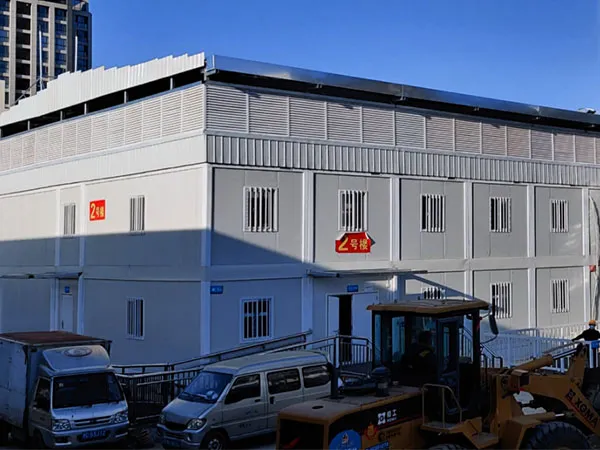
Phase 4: Site Preparation
This happens concurrently with or before fabrication/transportation:
Foundation Construction: Concrete foundations (footings, pile caps, raft foundations) are constructed based on the engineering design. Crucially, anchor bolts are accurately embedded into the concrete where steel columns will be placed. Their position and elevation are critical.
Site Logistics: The site is prepared with clear access roads, designated laydown areas for storing steel deliveries, and stable pads for crane setup.
Phase 5: Erection (On-Site Assembly)
This is the process of assembling the steel frame on site:
Receiving & Sorting: Steel deliveries are received, checked against delivery tickets, and sorted in the laydown area according to their erection marks and the erection plan.
Crane Setup: Mobile or tower cranes capable of lifting the heaviest steel members are positioned strategically on site.
…
For more detailed information about the steel structure construction process, please click here: https://www.meichensteel.com/a/news/steel-structure-construction-process.html

